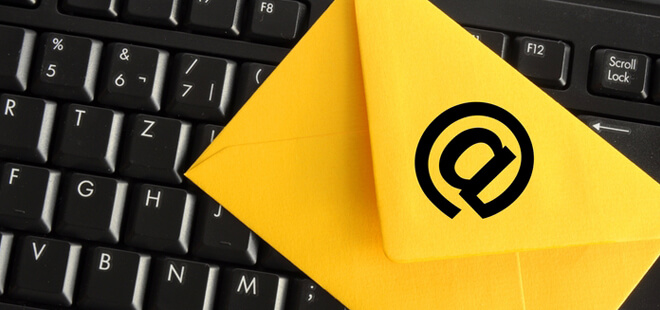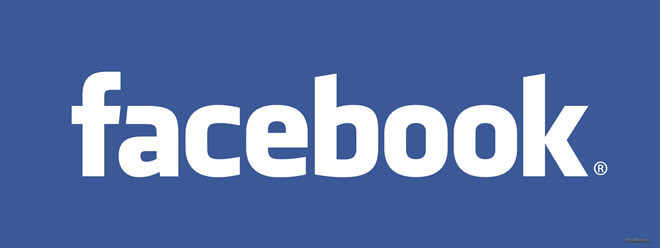Email Marketing Tips — Part 3: What Will People Actually Read?
In this series of articles, we’ll explore the best tips to run successful email marketing tips. Email marketing, despite all the options available in an evolving digital world, is still the most personal and effective way to market services… if it’s done right.
In the first article in this series, we looked at list building. Without it, you can have the greatest content in the world but no one to read it. In the last article, we outlined creating great content to get people to expect and open your emails. When you have a large list of people who opt-in to receive your email marketing, you must give them content that will keep them opening those emails so your business will continue to sell your products and services. However, even with great content, there can be too much and readers will become confused or too little and recipients will feel your emails aren’t worth their time and effort.
What is “Just Enough” in an Email?
Firstly, the frequency at which emails are sent can be key to losing subscribers, or at least their attention. I receive several daily emails and while I’m interested in the products and content these emails contain, on heavy email days, when I’m just clicking the delete button based on email subjects and senders, I often delete some of the daily messages just because I’m in overload despite whatever discount or products they’re offering.
Studies have found that more than 50 percent of people who unsubscribe from email lists do so because they were getting too many emails. Furthermore, 22 percent of consumers said they stopped purchasing products from a company altogether because they were receiving too many emails or they were receiving emails that were irrelevant to them.
The easy answer to delivery overload is to ask your subscribers how often they wish to receive mailings. With a simple pulldown menu, people can decide between daily, weekly or monthly mailings and you can tailor three different mailings to contain the right amount of content for each. It’s important to also allow subscribers to adjust their settings to receive more or less as time goes on.
Secondly, as long as you are asking prospective customers to choose delivery options, why not ask them what they’d like to receive? Do they want tips on using your products? Do they want discount coupons? Do they want to know when you are having a sale or new merchandise for sale? It’s easy to create specific email content to please two or three specific groups of recipients and it assures you of keeping subscribers.
RELATED: Helping Your Client/Business Evolve Web Presence
You will also want to ask subscribers to add you to their email contact list. Even with the best email clients, messages can end up in a spam folder from time to time. As many mass email services charge per email, any undelivered messages cost you money. A deliverable bounce rate of up to 1 percent to 2 percent is normal, but if it exceeds that amount, you will need to take some time to clean up your email list and find out where the problems lie. Most email services, such as Constant Contact (although this is not a recommendation of that service) offer certain tracking services as well as easy to use opt-out options which will make list management easy.
Get the Picture?
There is debate about including images in email marketing. Naturally, if you are selling products, you must show the product, however, you don’t need a large image. A small thumbnail is enough to get interested readers to click on a link to see more on your web site. Most objections are to superfluous images of smiling families and other stock images that people feel “humanizes” the emails. The addition of images for the sake of adding pictures will lengthen your email content and possibly frighten away readers who think they don’t have time to make it through the entire email. When people say, “I’ll come back to this later” they tend, more often than not, to never find the time to come back and after a few days, they will delete the message as it sinks lower on their delivery list in their email pane.
Using images in email that is not a specific product, creates a dead space that has little or no sales value, so maximizing the code behind those images is critical. Make sure that all of your images are actually links to your landing page or the targeted place on your website. This way, your potential image dead space can still drive traffic to a specific destination.
Think, before adding an image, “does this sell anything?” “Will a link help sell my service or product?” If the answer is “no!” then leave it out. This isn’t to say that a picture of you or you and your staff isn’t important. It sells your brand and humanizes your business and marketing materials. Showing the front of your business does the same thing and it adds to visual recognition if email recipients say to themselves, “I pass by this place all the time.” It then makes you convenient in the recipient’s mind.
RELATED: Marketing WOW! Do.com Has the BEST Commercials… and App!
Is It Worth a Thousand Words?
What about the amount of copy in your emails? Are you using copy to draw attention to something on your web site or is the copy a lesson, tip or trick to establish your expertise in your industry?
Most users aren’t going to read the full text of your email, especially if paragraphs are too long. They’re going to scan it for key points that are of interest to them (which is why they approved receiving your emails in the first place). Keep your text short by sticking to very small paragraphs of no more than three sentences or use bullet points for maximum focus and use font bolding and even additional colors to highlight words or phrases that you know will be important to your readers. There is a great chance that too much text will get your email deleted if the reader thinks there is too much to read, and it creates more risk for triggering spam filters, which is why sometimes approved emails end up going into your spam folder.
Test Before You Send!
The biggest pet peeves of an email recipient are:
- Your auto-personalizer misspells their name.
- Typos in your email.
- The promises of the subject line are not included in the email.
Naturally, you should have your email proofread by several people as it’s impossible to proof your own material and one other person may not catch a subtle typo or misspelling.
It’s a good practice, once the material is proofed, to send a copy to several private emails (that have different email browsers) to see how the email comes through. Do all the embedded images show up? Does the text flow as it was entered? Are the links working properly? It’s an important step when dealing with digital distribution.
The subject line is important to test because of spam filters. They say that a subject line should be written like a press release; the first five words are the most important information. With an email subject line, you may not get more than five to eight words to get the reader to open that email. Part of testing what will be the best subject line, after initial testing, is to do an A/B test. Create two emails with two different subject lines and do a small test mailing to a control group of 10 percent of your email list and then look at the stats for the open rate. Go with the one that has the better results!
RELATED: Facebook vs. MySpace – The Battle for Supremacy
It’s incredibly easy to break your email list into two parts and simply send a separate email subject line to each and see which one gets a high open rate. Of course, there are other variables such as the time and date of the send. With time and further testing, you can determine when your customers prefer to receive and open your emails. Keep in mind that you are not the only one send emails (opted-in or unwanted) and the receipt of your email fights with others on heavy mailing days.
Know the CAN-SPAM Act!
Like any law, it takes some extensive reading and understanding to comply with the CAN-SPAM Act. If you want to run successful email marketing, it’s just one of the things you must know. The bulk mailing services have built in safeguards for most of the needed factors but as you are ultimately responsible for your mailings and non-compliance can bring expensive financial tolls, it’s something you should know.
Wikipedia has a simple explanation but it’s the actual law you should know.
Email Templates
One thing to consider is email templates that have responsive design. With more and more people using their mobile phones and tablets, rather than their desktop or laptop PCs, you should find an email service that has templates that are responsive to the device the reader is using. If your message is not responsive, the reader will ignore it.
If you’re forced to use a fixed-width template, it’s suggested you don’t go any larger than 550-600 pixels wide. Mobile users will have to scroll to read it but the size is still manageable.
In the next article on email marketing, we’ll look at email template options and effective design.
Images ©GL Stock Images




